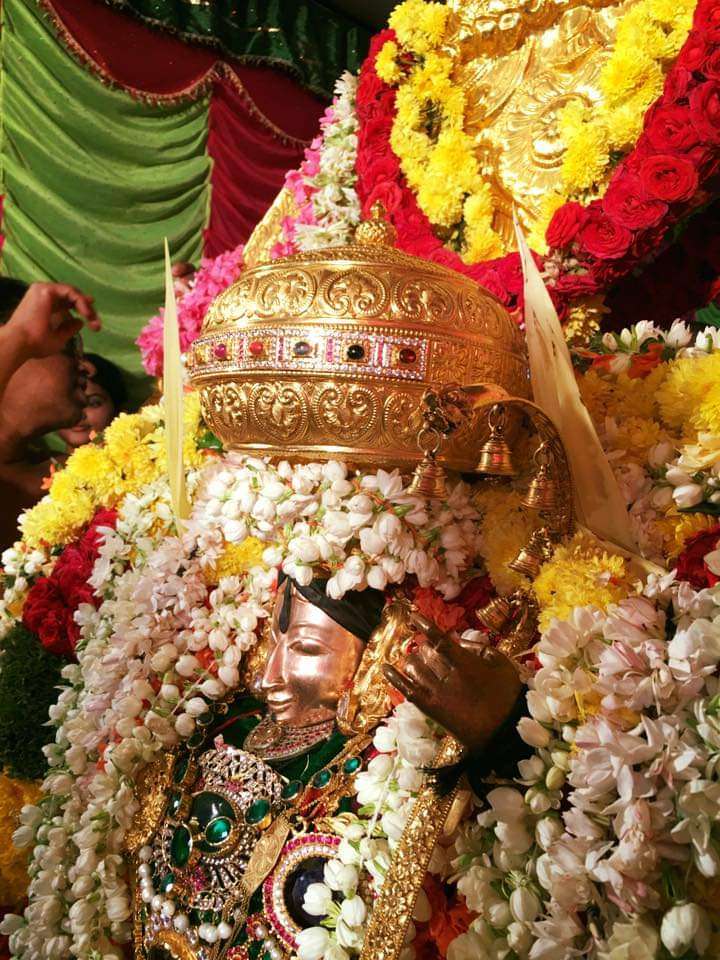Sikyotsavam or Utlotsavam Sikyotsavam, Utlotsavam, or Uriyadi festival is celebrated with full gaiety and religious fervour in Tirumala and Tirupati every year. This Historical festival is celebrated, and many devotees participate to observe the event. Lord Venkateswara’s Temple is known for many festivals throughout the year and it is called ‘Nitya Kalyanam Pacchatoranam’. Lord Venkateswara Read More
Tag: Utlotsavam
Sikyotsavam, Utlotsavam, or Uriyadi festival is celebrated with full gaiety and religious fervour in Tirumala and Tirupati every year
Utlotsavam: Explore the Vibrant Hindu Festival
Sikyotsavam or Utlotsavam Sikyotsavam, Utlotsavam, or Uriyadi festival is celebrated with full gaiety and religious fervour in Tirumala and Tirupati every year. This Historical festival is celebrated, and many devotees participate to observe the event. Lord Venkateswara’s Temple is known for many festivals throughout the year and it is called ‘Nitya Kalyanam Pacchatoranam’. Lord Venkateswara Read More

